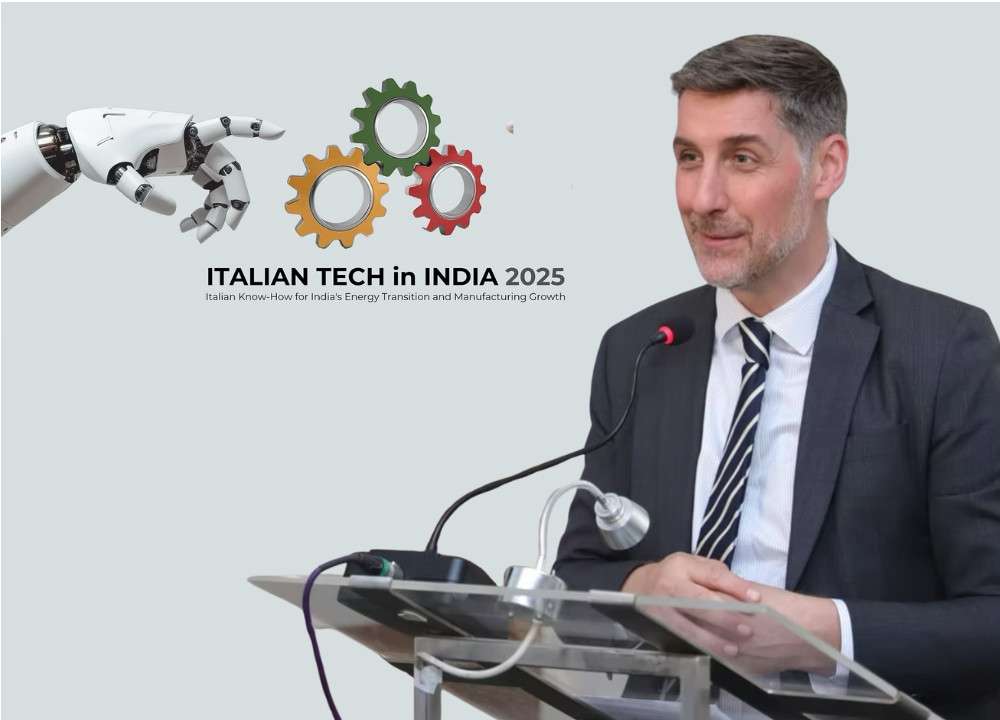Tata Motors has expressed hopes for renewed government incentives for electric passenger vehicles used in commercial fleets, citing a significant drop in demand after previous support was withdrawn, according to PB Balaji, the company’s Group CFO.
Electric passenger vehicles registered for commercial use, previously eligible for incentives under the FAME II scheme, lost subsidy support when the scheme ended on March 31, 2024. The government has since launched the Electric Mobility Promotion Scheme 2024 with Rs 500 crore in funding, followed by the PM Electric Drive Revolution in Innovative Vehicle Enhancement (PM E-DRIVE) Scheme in September, allocating Rs 10,900 crore over two years.
Balaji, speaking during an earnings call, highlighted the impact of the FAME subsidy’s removal, noting it has led to a sharp slowdown in the fleet segment, which previously made up 15% of the total electric vehicle (EV) market. He stated that the company is hopeful the government will reconsider incentives for electric vehicles in public and commercial transport.
“The FAME incentives were essential in making EVs more affordable for shared public transport, lowering upfront costs,” Balaji explained. “Their withdrawal has shifted dynamics in the fleet segment, where total cost of ownership (TCO) is a critical factor for operators.”
He added that with reduced subsidies, the demand for EVs in commercial fleets is slowing, while compressed natural gas (CNG) vehicles are gaining ground. Despite these challenges in the fleet sector, Tata Motors remains optimistic about personal EV sales, which represent 85% of the electric PV market.
Balaji noted strong demand in October for Tata’s recent launches, such as the Curvv EV and Nexon 45kWh. Tata Motors is committed to expanding the EV ecosystem, developing high-range EVs, and targeting a new class of EV customers.
“We’re dedicated to our EV strategy through product innovations, market growth, and advanced technology solutions,” Balaji affirmed, emphasizing Tata Motors’ commitment to a long-term EV growth trajectory.








